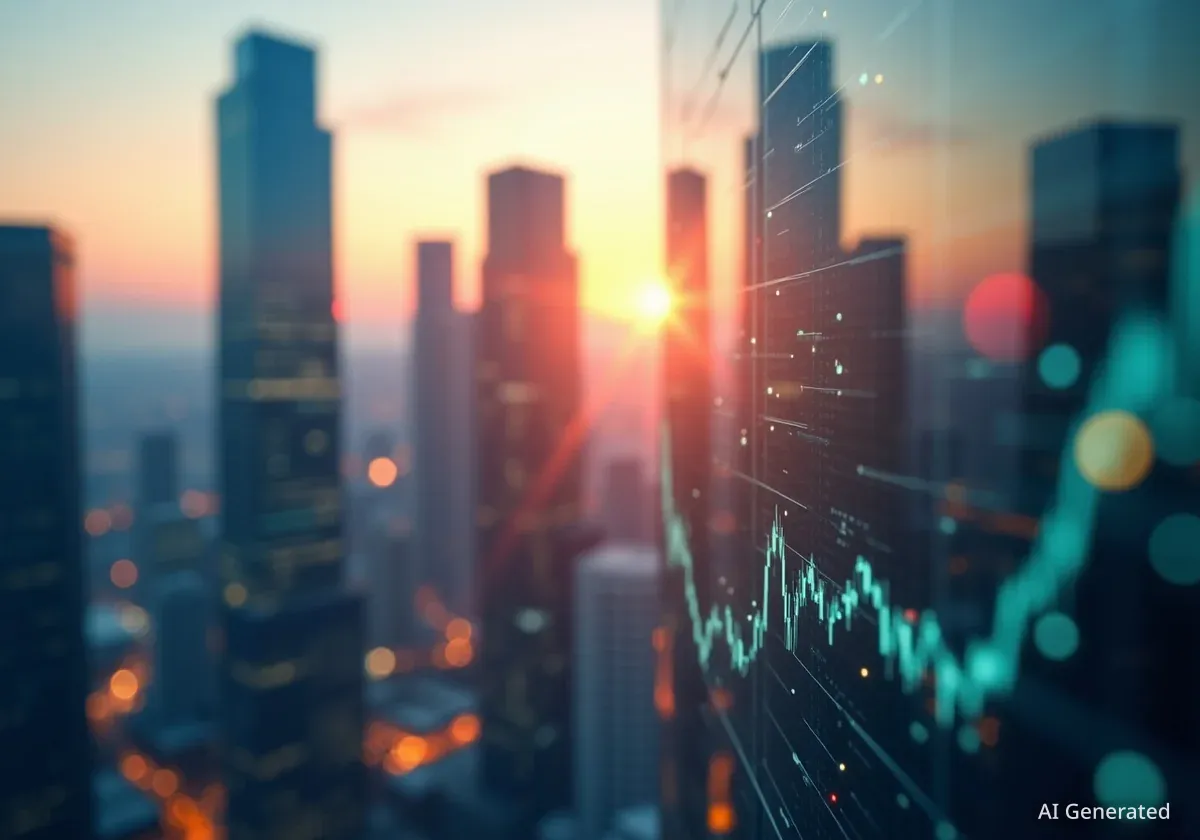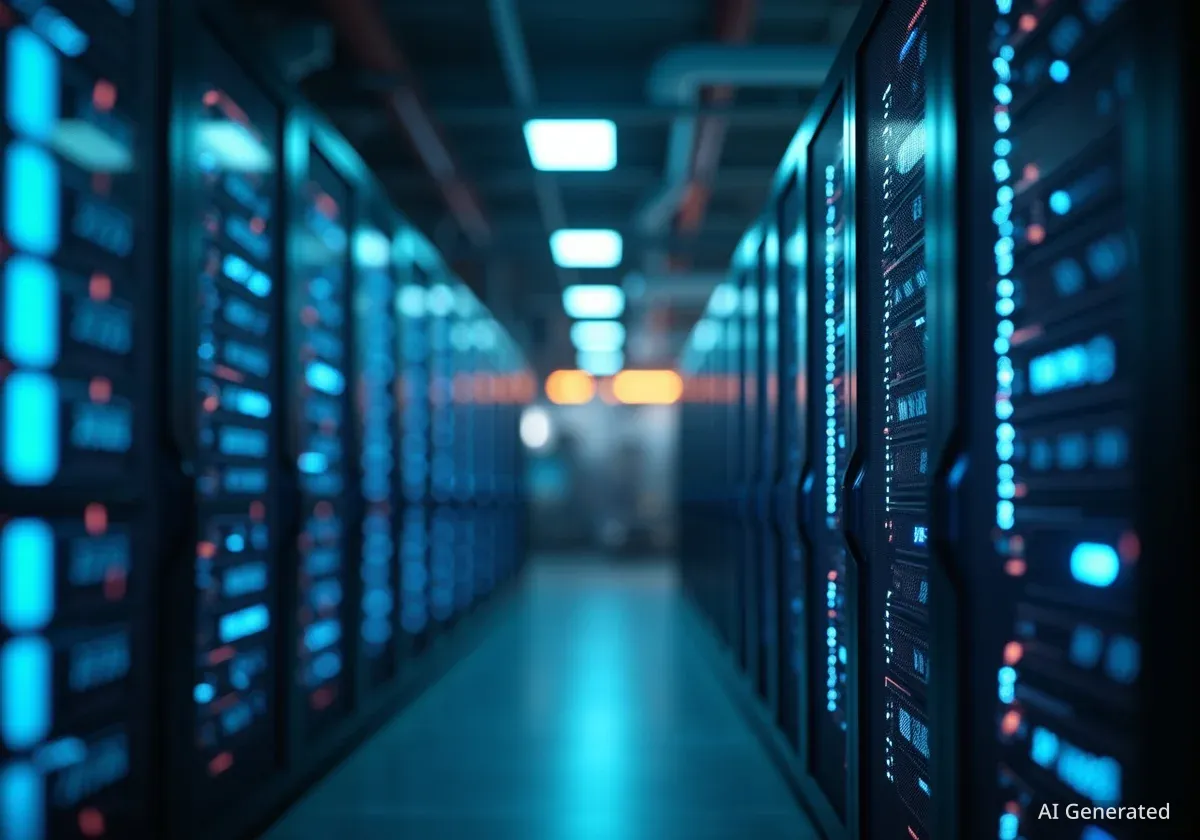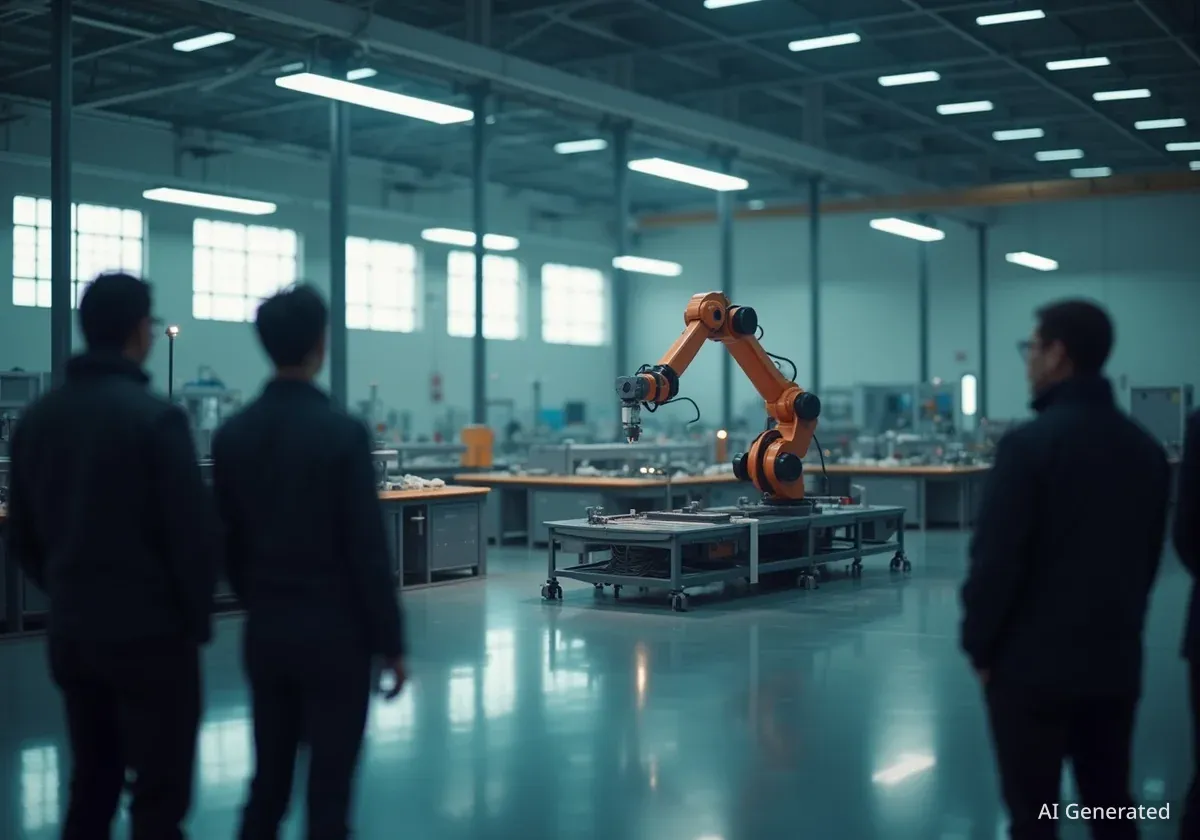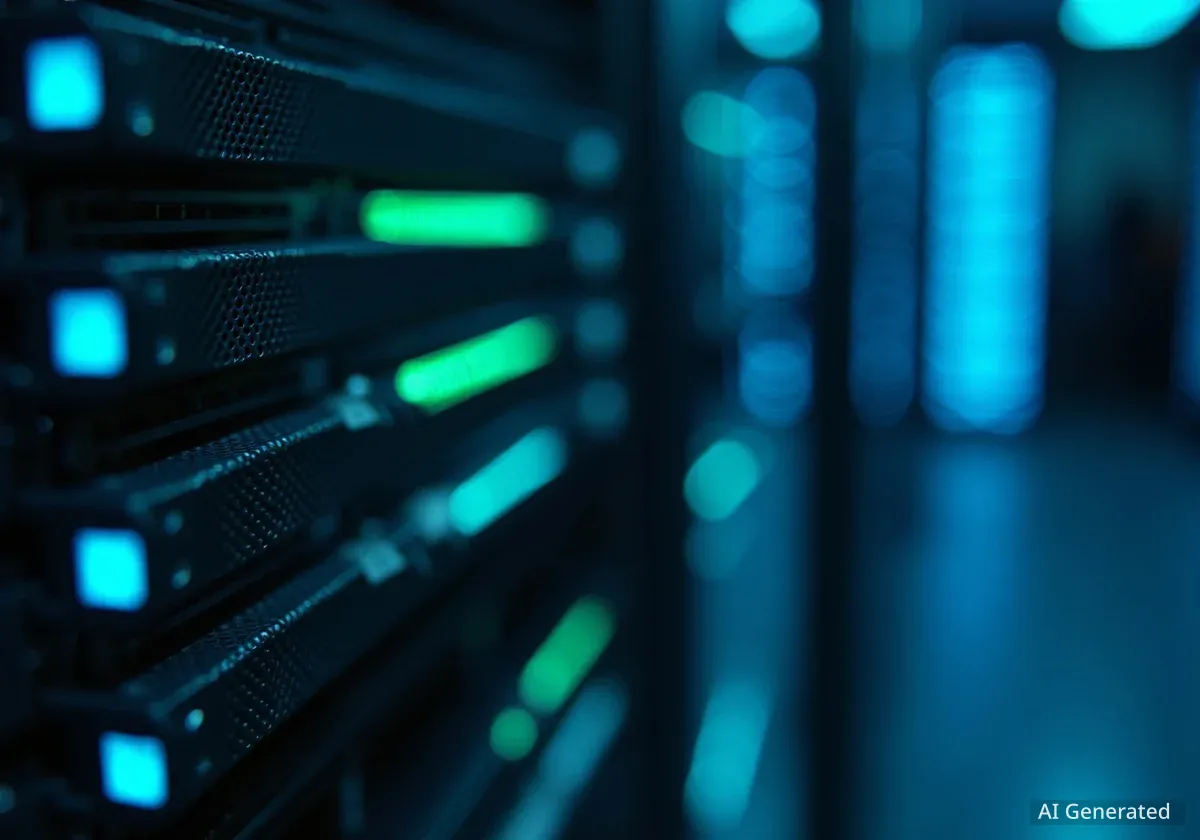A striking chart circulating online shows a dramatic split in the U.S. economy since late 2022. While the S&P 500 stock index has soared by more than 70%, job openings have fallen by nearly 30%. This divergence has led many to blame the rise of artificial intelligence for displacing workers while enriching investors.
However, a deeper analysis reveals that the primary driver behind the cooling labor market is not AI, but rather the Federal Reserve's monetary policy. The timing of interest rate hikes aligns perfectly with the decline in job availability, while sectors most exposed to AI have seen the smallest drop in hiring.
Key Takeaways
- Since November 2022, the S&P 500 has climbed over 70%, while U.S. job openings have decreased by approximately 30%.
- Economists argue that Federal Reserve interest rate hikes, which began in March 2022, are the main cause for the decline in hiring, not AI.
- Data shows job openings fell most in interest-rate-sensitive sectors like construction and manufacturing, not in the AI-heavy tech sector.
- The stock market boom has been heavily concentrated in a handful of large AI-related tech companies, creating what some call a "two-speed" economy.
The Chart Sparking Debate
The data behind the alarming trend is clear and accurate. U.S. job openings reached a historic peak of 11.5 million in March 2022. By the late summer of 2025, that number had fallen to 7.18 million, a significant contraction in the labor market.
During a similar period, from November 2022 to September 2025, the S&P 500 index surged from around 3,840 to nearly 6,700. This represents an extraordinary gain of roughly 74%.
An Unprecedented Divergence
Historically, job openings and stock market performance have moved in the same direction. A strong stock market typically signals a robust economy with plentiful jobs. The current split, where stocks boom while job availability shrinks, is a pattern not seen before in over two decades of labor data collection.
The timing of ChatGPT's public release in November 2022 made it an easy scapegoat. The narrative suggests that generative AI began automating tasks, reducing the need for human workers and fueling a stock rally. Yet, the facts point to a different cause.
Monetary Policy, Not AI, Is the Main Driver
The decline in job openings did not start with the launch of ChatGPT. It began eight months earlier, in March 2022, which is the exact month the U.S. Federal Reserve initiated its campaign of interest rate hikes.
On March 16, 2022, the Fed approved its first rate increase in over three years. This was the start of a series of 11 hikes designed to cool down an overheating economy and combat rising inflation. The goal was to make borrowing more expensive for businesses and consumers, which in turn slows spending, investment, and, consequently, hiring.
The policy worked as intended. As borrowing costs rose, companies scaled back their expansion plans and reduced the number of open positions. Other government policies, including trade tariffs and stricter immigration enforcement, have also contributed to the hiring slowdown by increasing business costs and shrinking the available labor pool.
Sector Data Contradicts the AI Theory
If AI were eliminating jobs, the technology sector would be the hardest hit. However, an analysis of job openings by industry shows the opposite. The "Information" sector, which includes software programmers and other roles directly involved with AI, experienced the smallest decline in job openings since ChatGPT's debut.
The largest drops occurred in industries heavily impacted by higher borrowing costs. Construction job openings, for example, fell to their lowest level in nearly a decade. Manufacturing and energy extraction also saw significant declines. These sectors rely on major capital investments that become less attractive when interest rates are high.
A Concentrated Stock Market Boom
While the broader job market has cooled, the stock market's gains have been anything but broad. The rally has been overwhelmingly driven by a small number of technology giants heavily invested in artificial intelligence.
"There really do seem to be two economies right now—a booming AI economy and a lackluster everything-else economy," said journalist Derek Thompson, who analyzed the trend.
According to research from JPMorgan, AI-related stocks were responsible for 75% of the S&P 500's returns and 80% of its earnings growth since late 2022. Just 30 companies now account for about 44% of the index's total value, generating an estimated $5 trillion in wealth for households in the past year alone.
Companies like Nvidia, Microsoft, Alphabet, and Meta have led the charge. This concentration of gains in the so-called "Magnificent Seven" has raised concerns about a potential market bubble, with market concentration exceeding levels seen during the dot-com era.
The Nuanced Impact of AI on Jobs
While the Federal Reserve's policies are the primary cause of the overall decline in job openings, evidence suggests AI is beginning to affect specific segments of the workforce.
Research from Stanford University found that since the rise of generative AI, workers aged 22 to 25 in the most AI-exposed occupations saw a 13% relative decline in employment. In contrast, employment for more experienced workers in the same fields remained stable.
Furthermore, JPMorgan noted that the unemployment rate for college graduates reached a four-year high of 5.8% in March 2024, a highly unusual trend that may reflect early AI effects on entry-level white-collar roles.
Despite these early signs, the long-term outlook remains positive for many tech-related professions. The Bureau of Labor Statistics projects that employment for software developers will grow by 17.9% between 2023 and 2033, far outpacing the average for all occupations. The agency suggests that while AI automates some tasks, it also creates new demand for specialists who can develop, implement, and maintain these complex systems.
Ultimately, the story of the current economy is not a simple case of robots replacing humans. It is a complex interaction of aggressive monetary policy, targeted government actions, and a massive, concentrated investment boom in artificial intelligence. Understanding these separate forces is key to navigating the economic landscape ahead.





